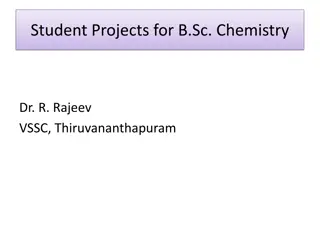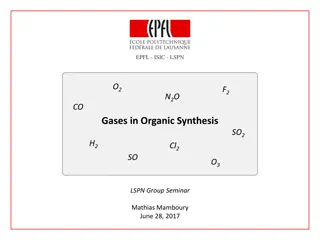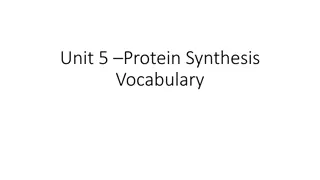Preparation of Aspirin: Synthesis and Safety Guidelines
Aspirin, derived from salicylic acid, is synthesized by reacting salicylic acid with acetic anhydride using a catalyst such as sulfuric acid. The product is purified through recrystallization. Safety precautions must be taken due to the hazardous nature of the chemicals involved. The procedure involves heating the mixture, cooling, filtering, and purifying the aspirin product. Calculating the yield is an essential part of the process.
Uploaded on Oct 04, 2024 | 0 Views
Download Presentation

Please find below an Image/Link to download the presentation.
The content on the website is provided AS IS for your information and personal use only. It may not be sold, licensed, or shared on other websites without obtaining consent from the author. Download presentation by click this link. If you encounter any issues during the download, it is possible that the publisher has removed the file from their server.
E N D
Presentation Transcript
Preparation of aspirin Lecturer Raghad Aldoghachi
Aspirin Aspirin is the common name for the compound acetylsalicylic acid, widely used as a fever reducer and as a pain killer. Salicylic acid, whose name comes from Salix, the willow family of plants, was derived from willow bark extracts. In folk medicine, willow bark teas were used as headache treatments. Nowadays, salicylic acid is administered in the form of aspirin which is less irritating to the stomach than salicylic acid.
Preparation To prepare aspirin, salicylic acid is reacted with an excess of acetic anhydride. A small amount of a strong acid such as sulfuric acid used as a catalyst which speeds up the reaction. The excess acetic acid will be reduced with the addition of water. The aspirin product is not very soluble in water so the aspirin product will precipitate when water is added. The synthes is reaction of aspirin is shown below:
A purified product can be obtained through recrystallization of the crude product in hot ethanol. In this experiment, the crude product will be the desired product. The melting point range of pure aspirin is 138-140 C and the melting point range of the salicylic acid starting material is 158-161 C If impurities are present in your crude sample, the melting point range for your product will be lower than the range of pure aspirin. Also, your melting point range may be greater than 2 degrees.
Leaving group Acetic acid Aspirin
Safety Salicylic acid is able to penetrate and break down fats, causing moderate chemical burns to the skin. Acetic anhydride flammable, harmful by inhalation and if swallowed, causes burns Sulfuric acid causes severe burns. So you must wear protective gloves, protective clothing, and eye protection.
Procedure 1. Place 0.5 grams of salicylic acid into a beaker along with 3 mL of acetic anhydride and 5 drops of conc Hcl. 2. Heat the mixture for 10 minutes with stirring. 3. Cool the mixture by adding ice cubes with stirring. Crystals of aspirin started to form as the mixture cooled. 4. Filter the mixture and wash the crystals with cold distilled water. 5. Purification of Aspirin by recrystallization. 6. Calculate % yield.
Calculation Moles (Salicylic acid) = Moles (Aspirin) Wt / M.Wt (Salicylic acid) = Wt / M.Wt (Aspirin) O.5 g /138.12g mol-1 = Theoretical Wt / 180.16g mol-1 % yield = Practical Wt / Theoretical Wt
Purification Recrystallization of aspirin The crude product was dissolved in 5ml of ethanol in a 100ml conical flask. The solution will be warmed if necessary. The solution was added with 30ml of hot distilled water. The mixture is warmed until the solid dissolves completely in the solution. Collect the product by filtration and wash it with water.
Melting Point 1. Weigh the dry product to obtain the yield of the reaction. Calculate the theoretical yield and percent yield of the reaction. 2. Pack a few crystals of your aspirin product in a melting point capillary tube. 3. The melting point of aspirin is determined. The melting point range is the temperature when you first notice the aspirin crystals melting up until the temperature when no crystals remain.
Report Name of experiment, Date of experiment, purpose of experiment. 1. Report the theoretical yield and the percent yield of the aspirin product. 2. Compare the melting point of you aspirin product to the theoretical melting point (138-140 C). 3.Is the crude product above of below this mark? Explain why this is the case. 4. Pharmaceutical uses of aspirin 5. side effect of aspirin





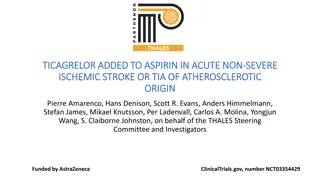
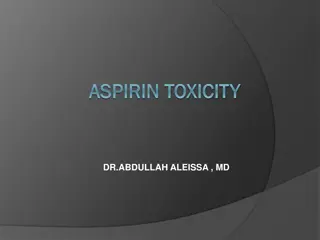



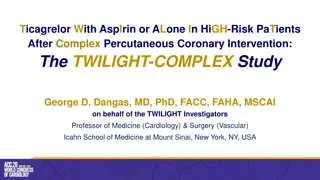


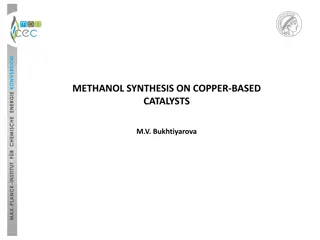
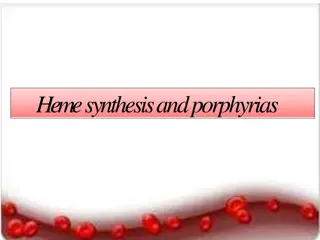

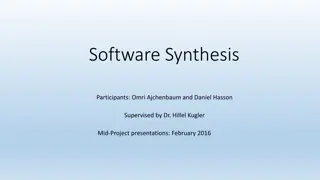
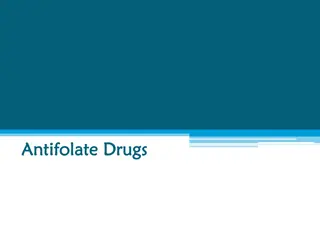

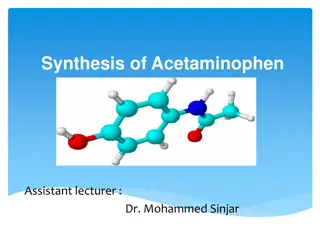



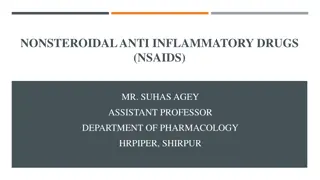
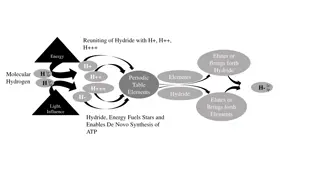


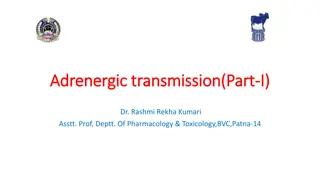


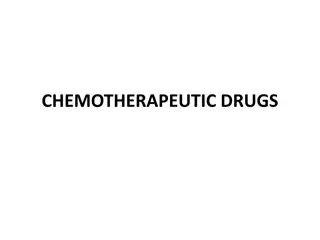

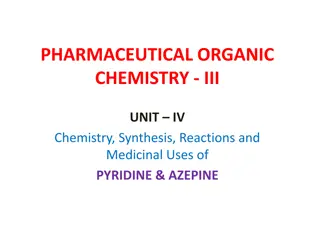
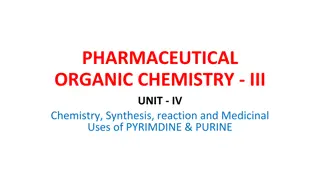
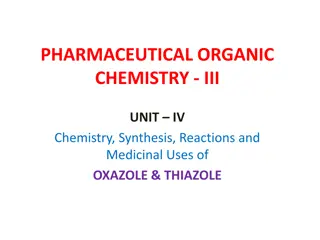


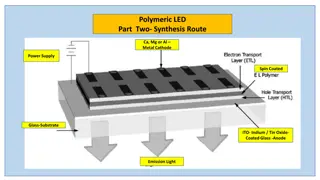
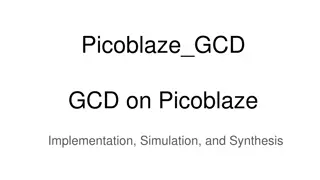
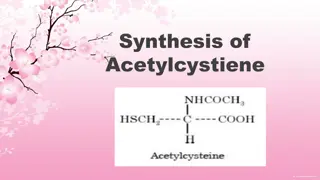


![The Synthesis of Cedranoid Sesquiterpenes via Photo-Rearrangement of Bicyclo[2.2.2] Octenones](/thumb/198279/the-synthesis-of-cedranoid-sesquiterpenes-via-photo-rearrangement-of-bicyclo-2-2-2-octenones.jpg)
